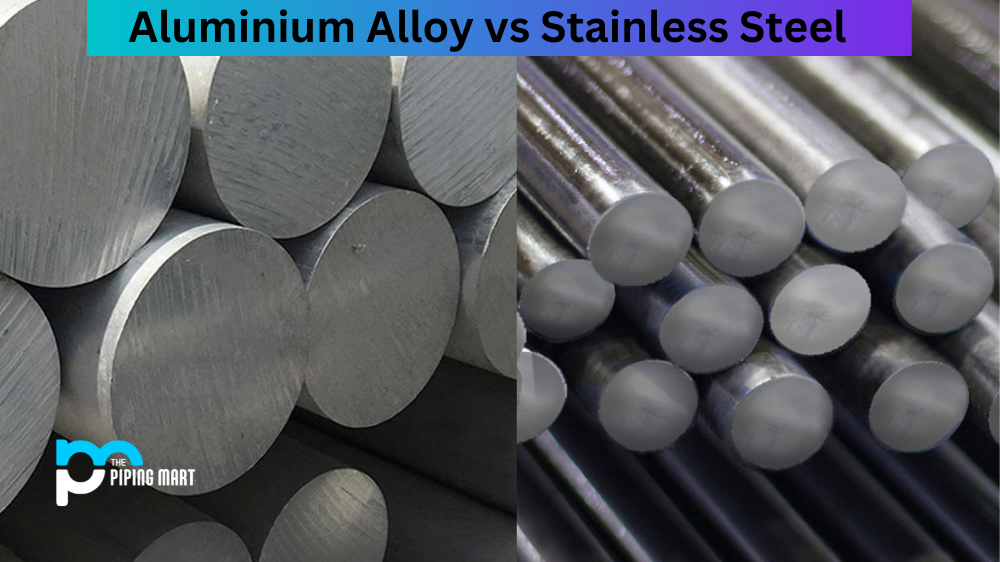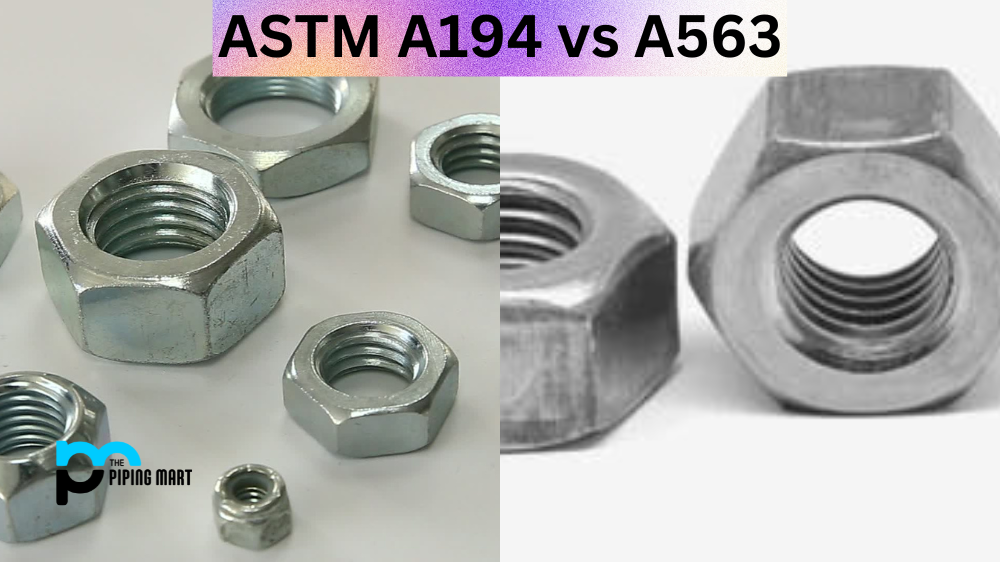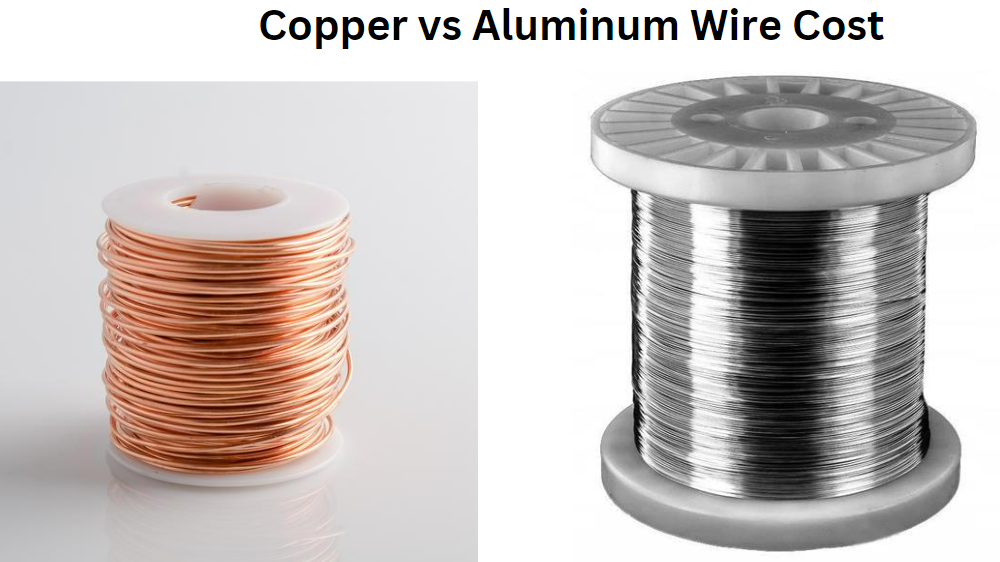Regarding durable materials for making products, two materials come to mind: aluminium alloy and stainless steel. These materials are widely used in various industries, such as construction, aerospace, and automotive, to create long-lasting and robust products. However, which material is more durable and suited for different needs? This blog post will compare and contrast aluminium alloy and stainless steel, discussing their strengths, weaknesses, and usage.
Difference Between Aluminium Alloy and Stainless Steel
Aluminium alloy is a lightweight material with excellent corrosion resistance, making it a popular choice for various applications. This material can be anodized to provide a protective coating that improves its corrosion resistance and lifespan. Additionally, it’s non-magnetic, making it an ideal choice when creating products using electronics or producing MRI machines.
On the other hand, stainless steel comprises iron, chromium, and carbon, making it more substantial and less malleable than aluminium. It has a high level of hardness, excellent creep resistance, and the ability to withstand extreme temperatures, making it suitable for various applications. Stainless steel is a popular choice for creating kitchen appliances, cutlery, and medical tools because of its durability and resistance to corrosion.
While both materials have a long lifespan, they differ in their usage. Aluminium alloy is generally not recommended for products that require high-stress loadings, such as engine components or heavy machinery. Stainless steel, however, is ideal for creating products that need strength and durability, such as bolts, nuts, and screws. This is because it can withstand stress better than aluminium alloy, and its hardness allows it to resist the plastic deformation that weakens components over time.
Regarding cost, aluminium alloy is typically more affordable than stainless steel. This is because aluminium is abundant, and its extraction process is less labour-intensive than stainless steel. However, the final cost of a product made from either material depends on various factors such as the application, design, and size.
- Aluminium alloy is a lighter metal than stainless steel, making it ideal for applications where weight is a concern.
- Aluminium alloy is also more corrosion-resistant than stainless steel, making it ideal for applications where the metal will be exposed to harsh environments.
- Aluminium alloy can be heat treated to strengthen it, while stainless steel cannot.
- Aluminium alloy is less electrically and thermally conductive than stainless steel, making it ideal for applications where electrical or thermal conductivity is a concern.
- Aluminium alloy is more malleable than stainless steel, making it ideal for applications where the metal needs to be shaped into complex shapes.
- Aluminium alloy is less brittle than stainless steel, making it ideal for applications where the metal must withstand high-impact forces.
- Aluminium alloy has a lower melting point than stainless steel, making it ideal for applications where the metal must be melted and cast into another shape.
- Aluminium alloy is non-magnetic, while stainless steel is magnetic. This makes aluminium ideal for applications where magnetism is a concern.
- The price of aluminium alloy is typically lower than that of stainless steel, making it a more cost-effective option for many applications.
- Aluminium alloys are typically recyclable, while stainless steels are not. This makes aluminium a more environmentally friendly option.
Conclusion:
In conclusion, aluminium alloy and stainless steel have their strengths and weaknesses, and which material to use depends on the application. Aluminium is lightweight, corrosion-resistant, and non-magnetic, making it ideal for creating products that don’t require high-stress loading. On the other hand, stainless steel is heavier, stronger, and harder, making it suitable for creating products with high-stress loading. When deciding on which material to use for a product, it’s vital to consider its end use, the environment in which it will be used, and its cost-effectiveness. It’s also worth noting that the properties of the materials can be changed through the manufacturing process, which can affect the final product’s durability. In conclusion, both materials have their uses, and their durability depends on the specific application.

Abhishek is a seasoned blogger and industry expert, sharing his insights and knowledge on various topics. With his research, Abhishek offers valuable insights and tips for professionals and enthusiasts. Follow him for expert advice on the latest trends and developments in the metal industry.




